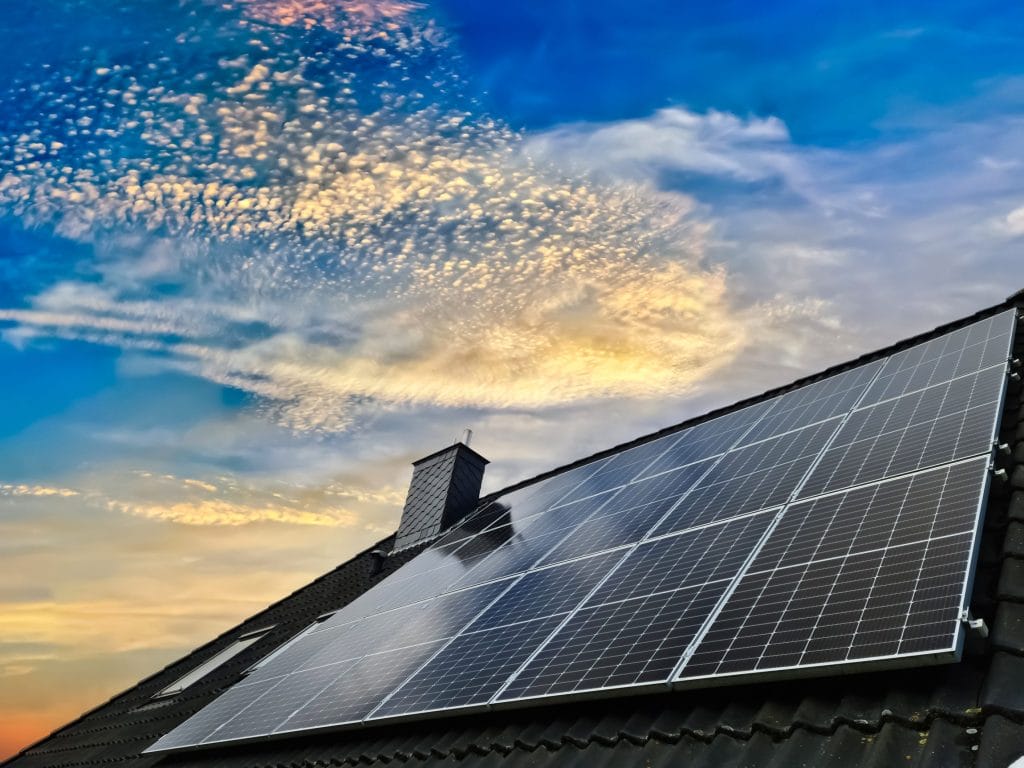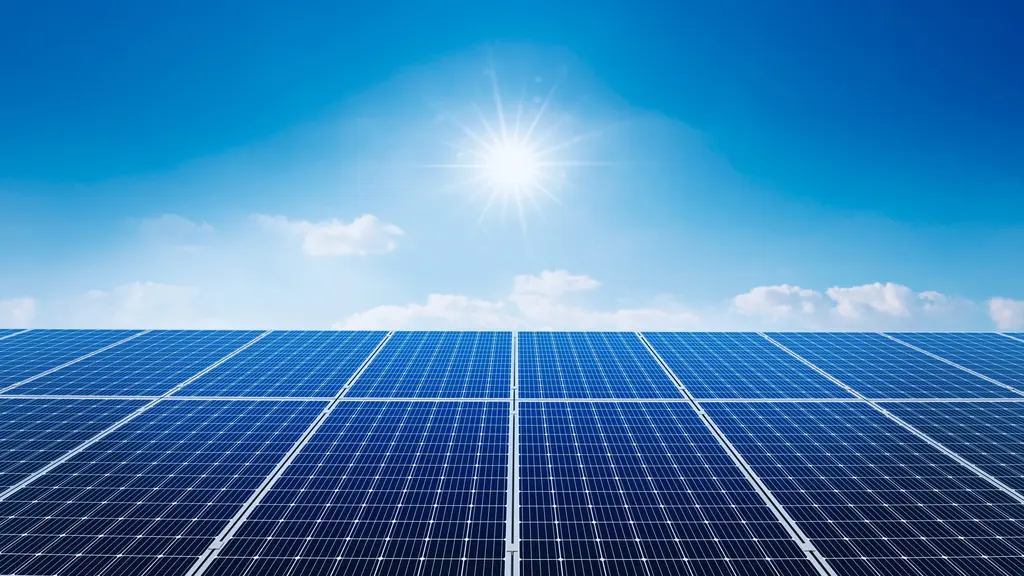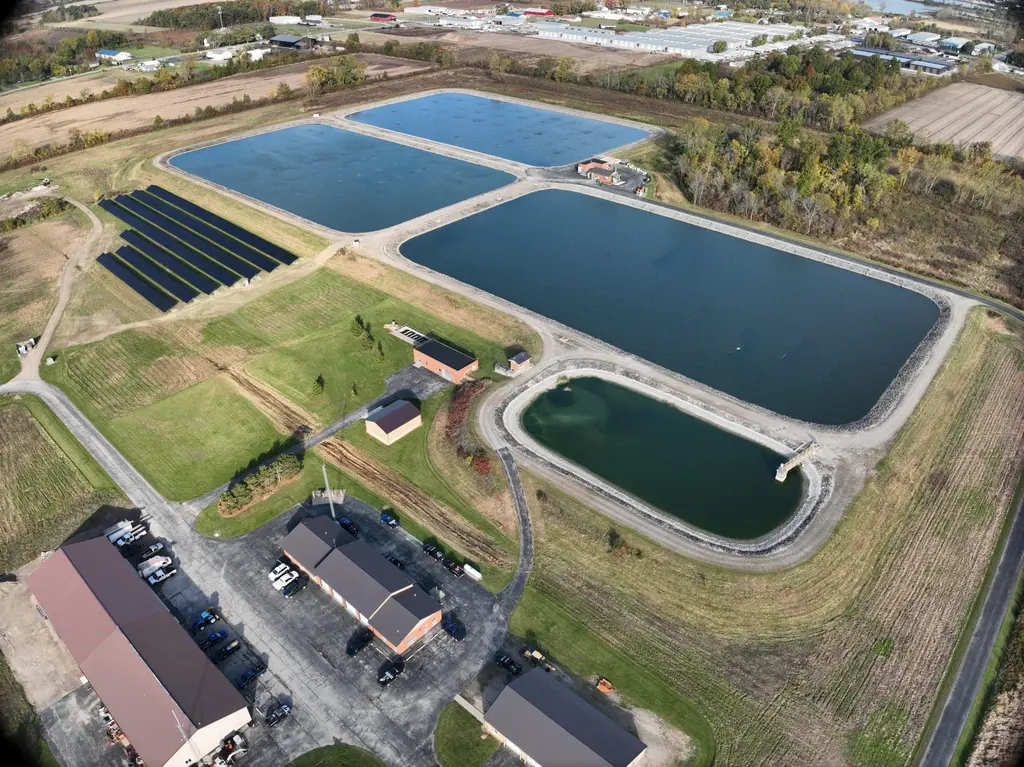Solar panel subsidies and incentives might increase in the future—if I install solar panels now, will I miss out on solar panel incentives?
There are two broad classes of solar incentives: Purchase-based incentives and Performance-based incentives.
Purchase-based incentives are tied to the cost of the system, and apply one-time-only to the purchase of a new system using brand new equipment. They are designed to reduce or offset the initial cost of purchase. These incentives include tax credits (like the current Federal Tax Credit of 30% on renewable energy systems), low-interest loans, grants, and rebates.
Performance-based incentives are tied to the ongoing energy production of a solar system. There are several types of performance-based incentives, including Feed-in-tariffs, performance payments, Solar Renewable Energy Certificate sales, and a range of Carbon-tax or Carbon Cap & Trade mechanisms. What all performance-based incentives share is a solar income/savings structure based on the quarterly or annual output of the solar energy system—not a one-time-only payment, but an ongoing revenue stream as clean electricity is produced.
In a purchase-based incentive, the system owner must purchase the system within the time constraints of that particular incentive program. Performance-based incentives can apply equally to new and existing systems.
For several years now, the solar industry has been trending away from purchase-based incentives and toward performance-based incentives. This trend is expected to continue at both the state and federal level.
The advantage of this trend is that it makes project timing less critical—there is no need to wait for some potential future incentive. If and when that future incentive arrives, it will most likely take the form of a performance-based incentive and therefore be available to owners of existing solar energy systems.







